This article was co-authored by wikiHow staff writer, Hannah Madden. Hannah Madden is a writer, editor, and artist currently living in Portland, Oregon. In 2018, she graduated from Portland State University with a B.S. in Environmental Studies. Hannah enjoys writing articles about conservation, sustainability, and eco-friendly products. When she isn’t writing, you can find Hannah working on hand embroidery projects and listening to music.
There are 10 references cited in this article, which can be found at the bottom of the page.
Learn more...
Heading out for a white water rafting trip? Whether you’re going on a guided tour or a personal trip with friends, the right attire and gear will leave you feeling comfortable and dry (ish). In this article, we’ll tell you exactly what to wear depending on the weather that day. We’ll also give you some advice on extras to bring and take with you to maximize your time out on the river. For a full list of white water rafting clothes, read on!
Things You Should Know
- For warm weather, wear moisture-wicking shorts and a T-shirt. Bring extra layers to throw on, as well as sunglasses, a hat, and river shoes.
- For cold weather, wear moisture-wicking base layers, including long underwear. Put on waterproof outer layers, and wear old running shoes.
- Bring along a dry bag to pack your personal items, and don’t forget a water bottle, sunscreen, some snacks, and a change of clothes.
- Avoid wearing cotton at all costs, since cotton holds onto moisture and can put you at risk of hypothermia.
Steps
Warm Weather
-
1Bathing suit or athletic shorts Start with a base layer that wicks away moisture and dries quickly. Pick out a bathing suit or synthetic athletic shorts to wear on a sunny day to keep you cool and dry.[1]
- If you’re wearing bikini bottoms as your under layer, pack a pair of athletic shorts to go over them just in case. When it’s really sunny outside, you’ll want to cover your thighs to avoid getting a sunburn.
- A bathing suit is a fine underlayer, but you definitely want to wear something on top. White water rafting can get intense, and a bathing suit won’t offer much in terms of coverage when faced with a crashing wall of water.
-
2Moisture-wicking shirt or tank Grab a synthetic T-shirt or tank top to cover up while still staying cool. Avoid wearing anything that’s 100% cotton, since that will absorb water instead of wicking it away. Polyester blends are a great choice.[2]
- Athletic shirts and tank tops are a great choice, since they’re often made to wick away sweat.
Advertisement -
3Hoodie or jacket Even when it’s sunny out, you still need to cover up your arms to protect from the sun. Grab a polyester hoodie or jacket that you can throw on to avoid getting a sunburn.[3]
- Even on warm days, river water is typically very cold. It’s a good idea to have an extra layer to throw on in case you get chilly.
-
4Sunglasses No one wants to squint all day on the water. Grab a pair of sunglasses, and make sure they have a strap to secure them to your head (otherwise, you might just lose them in the river).[4]
-
5River shoes or sandals Pick sturdy, waterproof shoes or sandals that have straps to keep them on your feet (no flip flops, please!). If you don’t have river shoes, an old pair of running shoes is fine, too.[5]
- If you’re buying your shoes new, break them in before your trip to avoid blisters.
-
6
-
7Personal flotation device (PFD) Your personal flotation device keeps you safe in the water. If you’re going on a commercial rafting trip, your guide will likely provide one for you. However, if you’re going on your own or with friends, make sure to bring a PFD with you and wear it anytime you’re on the raft.[7]
- A PFD is usually a life vest or a life jacket.
Cold or Rainy Weather
-
1Synthetic long sleeve shirt For your base layer, pick a long sleeve shirt that wicks away moisture (avoid cotton, as it holds onto moisture instead). Fleece, wool, and polyester are all great options for this.[8]
-
2Synthetic long underwear Long underwear keeps you warm and insulated for your entire trip. Wear a pair of synthetic or wool long underwear to wick away moisture and keep you warm and dry.[9]
-
3Synthetic or waterproof pants Keep your legs dry by wearing waterproof pants, like rain pants. If you don’t have anything waterproof, synthetic hiking pants will work fine.[10]
- The main thing here is to again avoid wearing any cotton. Cotton holds onto moisture, which can put you at risk of hypothermia, especially in cold and rainy weather.
-
4Splash jacket Splash jackets have multiple waterproof layers to keep you drier and warmer. If you’re going on a guided tour, your guide may provide one for you; otherwise, bring a splash jacket or a waterproof rain jacket along with you.[11]
-
5
-
6Wool socks Cotton socks absorb moisture, which can make your toes and feet very cold. Wear some moisture-wicking socks made from a synthetic or wool blend to keep your feet warm the entire time.[13]
-
7Running shoes or sandals You can either wear a pair of old running shoes that you don’t mind getting wet, or you can throw on a pair of sandals with your socks. It might look silly, but it’s a very effective way to keep your feet warm and dry at the same time![14]
- Hiking shoes are not ideal, since they’re heavy and could get waterlogged.
-
8Personal flotation device (PFD) It’s very important to wear a personal flotation device, especially during cold weather. The water that you’re rafting on will likely be very chilly, which can make it hard to swim and stay afloat on your own. If your raft guide is not providing a PFD for you, buy one and bring it along.[15]
-
9Wetsuit (optional) Some people prefer to wear wetsuits under their clothing to stay warm and dry. If you’re going on a guided raft tour, you can typically rent a wetsuit from the main office. However, this is an optional step, so you don’t have to rent one if you don’t want to.[16]
- When in doubt, ask your raft guide what they’ll be wearing. They may recommend a wetsuit for very cold and rainy days.
Additional Items to Bring Along
-
1Sunscreen It’s important to protect your skin from the sun, especially out on the water. Apply a waterproof or sport sunscreen before you go, and keep a tube with you on the raft to reapply throughout the day.[17]
- Look for a sunscreen with SPF 50 or above. The sun reflecting off the water is usually more intense than when you’re on land.
- Remember, you can still get a sunburn on a cloudy day! Even if it doesn’t look sunny outside, those UV rays are still beaming down.
-
2First aid kit Cuts, scrapes, and bruises might happen while you’re out on the water. Make sure at least 1 person on board is carrying a first aid kit in case of emergencies.[18]
- It’s also a good idea for someone to carry an emergency whistle.
-
3Dry bag Dry bags help keep your personal items safe and dry during your trip. Take a dry bag with you to hold your wallet, keys, phone, and any other items you might want to have on-hand. Tie the dry bag to your person or to the raft to keep it safe the entire time.[19]
- Some guided tours will provide dry bags for you, but it’s always a good idea to double check.
- Want to take pictures on your tour? Bring along a waterproof camera, or buy a waterproof case for your phone.
-
4Snacks White water rafting takes a lot of energy, and there’s a good chance you’ll be hungry afterwards. Pack some trail mix and a few granola bars to satiate your cravings after you return to shore.[20]
- Keep your snacks in your dry bag so they don’t get waterlogged or soggy.
-
5Water bottle Many people forget to hydrate while rafting! Fill up a water bottle and bring it along with you for your trip. Be sure to drink water whenever you’re thirsty to keep your energy levels up.[21]
-
6Dry clothes and a towel No one wants to sit in wet clothes on the way back home. Pack a dry bag with an extra set of clothes and a towel to use when you get back. You can take this bag with you on the raft, or you can leave it at your destination ahead of time.[22]
- Dry clothes are optional, but seasoned rafters really recommend them.
Warnings
- Avoid wearing cotton at all costs, even as your under layer. Cotton does not dry quickly, and wearing cotton layers can chill you and put you at risk of hypothermia.[23]⧼thumbs_response⧽
- White water rafting can be dangerous. Always tell a friend or family member where you’re going and when you’ll be back in case of emergencies.⧼thumbs_response⧽
References
- ↑ https://www.coloradorafting.net/blog/colorado-whitewater-rafting-packing-list/
- ↑ https://www.coloradorafting.net/blog/colorado-whitewater-rafting-packing-list/
- ↑ https://www.youtube.com/watch?v=ZSnrSAqRY0c&t=72s
- ↑ https://www.coloradorafting.net/blog/colorado-whitewater-rafting-packing-list/
- ↑ http://www.jacksonholetraveler.com/article/what-should-i-bring-whitewater-rafting/
- ↑ https://www.youtube.com/watch?v=ZSnrSAqRY0c&t=90s
- ↑ http://www.jacksonholetraveler.com/article/what-should-i-bring-whitewater-rafting/
- ↑ https://www.youtube.com/watch?v=ZSnrSAqRY0c&t=120s
- ↑ https://www.youtube.com/watch?v=ZSnrSAqRY0c&t=120s
- ↑ https://www.youtube.com/watch?v=M04OcNcqpMw&t=57s
- ↑ https://www.durango.org/blog/post/stay-safe-for-the-adventure/
- ↑ https://www.youtube.com/watch?v=ZSnrSAqRY0c&t=129s
- ↑ https://www.youtube.com/watch?v=ZSnrSAqRY0c&t=129s
- ↑ https://www.youtube.com/watch?v=M04OcNcqpMw&t=69s
- ↑ http://www.jacksonholetraveler.com/article/what-should-i-bring-whitewater-rafting/
- ↑ https://www.durango.org/blog/post/stay-safe-for-the-adventure/
- ↑ https://www.coloradorafting.net/blog/colorado-whitewater-rafting-packing-list/
- ↑ https://www.coloradorafting.net/blog/colorado-whitewater-rafting-packing-list/
- ↑ https://www.youtube.com/watch?v=ZSnrSAqRY0c&t=200s
- ↑ https://www.coloradorafting.net/blog/colorado-whitewater-rafting-packing-list/
- ↑ http://www.jacksonholetraveler.com/article/what-should-i-bring-whitewater-rafting/
- ↑ http://www.jacksonholetraveler.com/article/what-should-i-bring-whitewater-rafting/
- ↑ https://www.coloradorafting.net/blog/colorado-whitewater-rafting-packing-list/





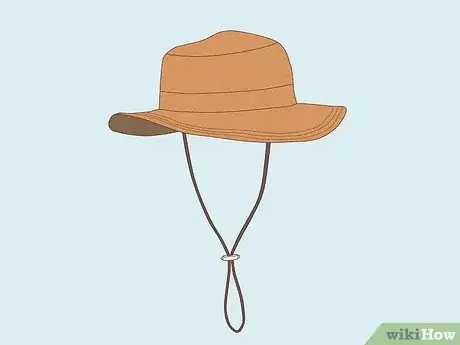
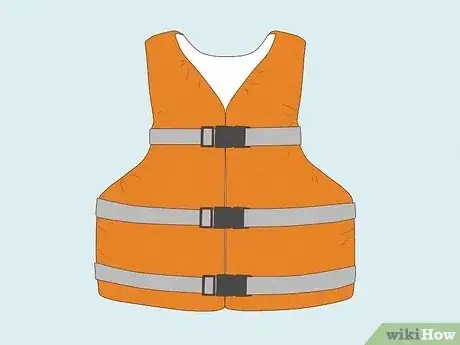

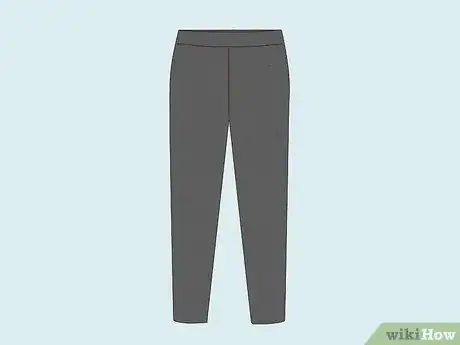



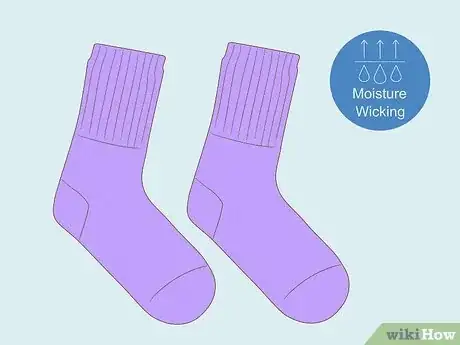
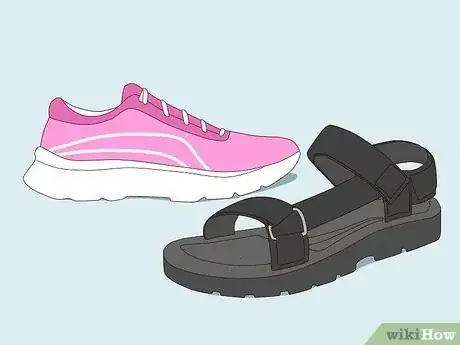
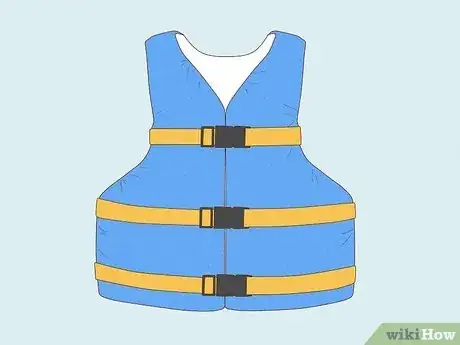
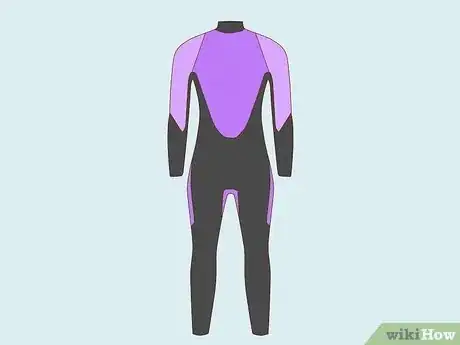
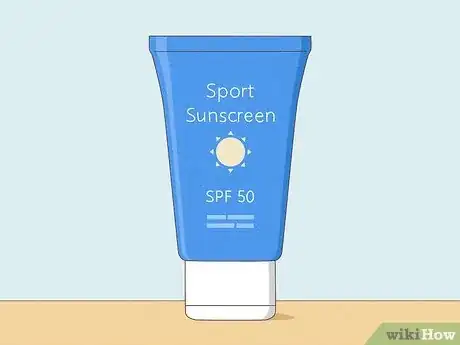
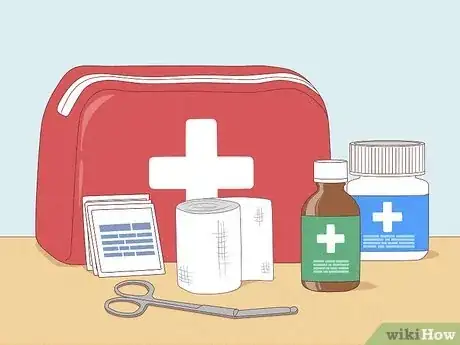
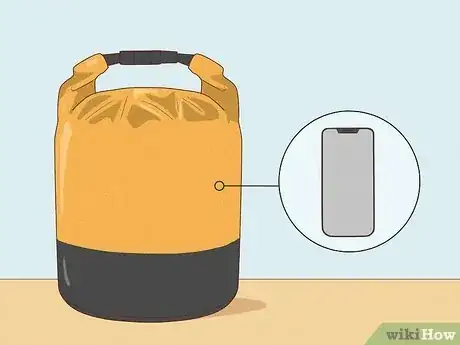

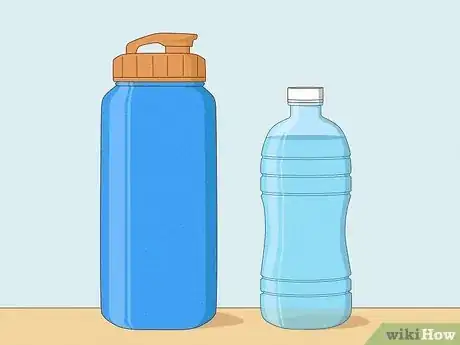

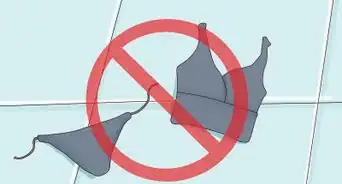


-Step-12-Version-3.webp)



















-Step-12-Version-3.webp)


































